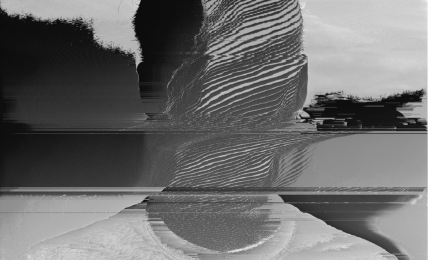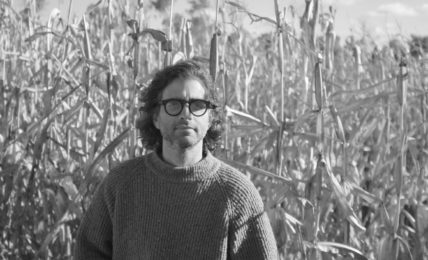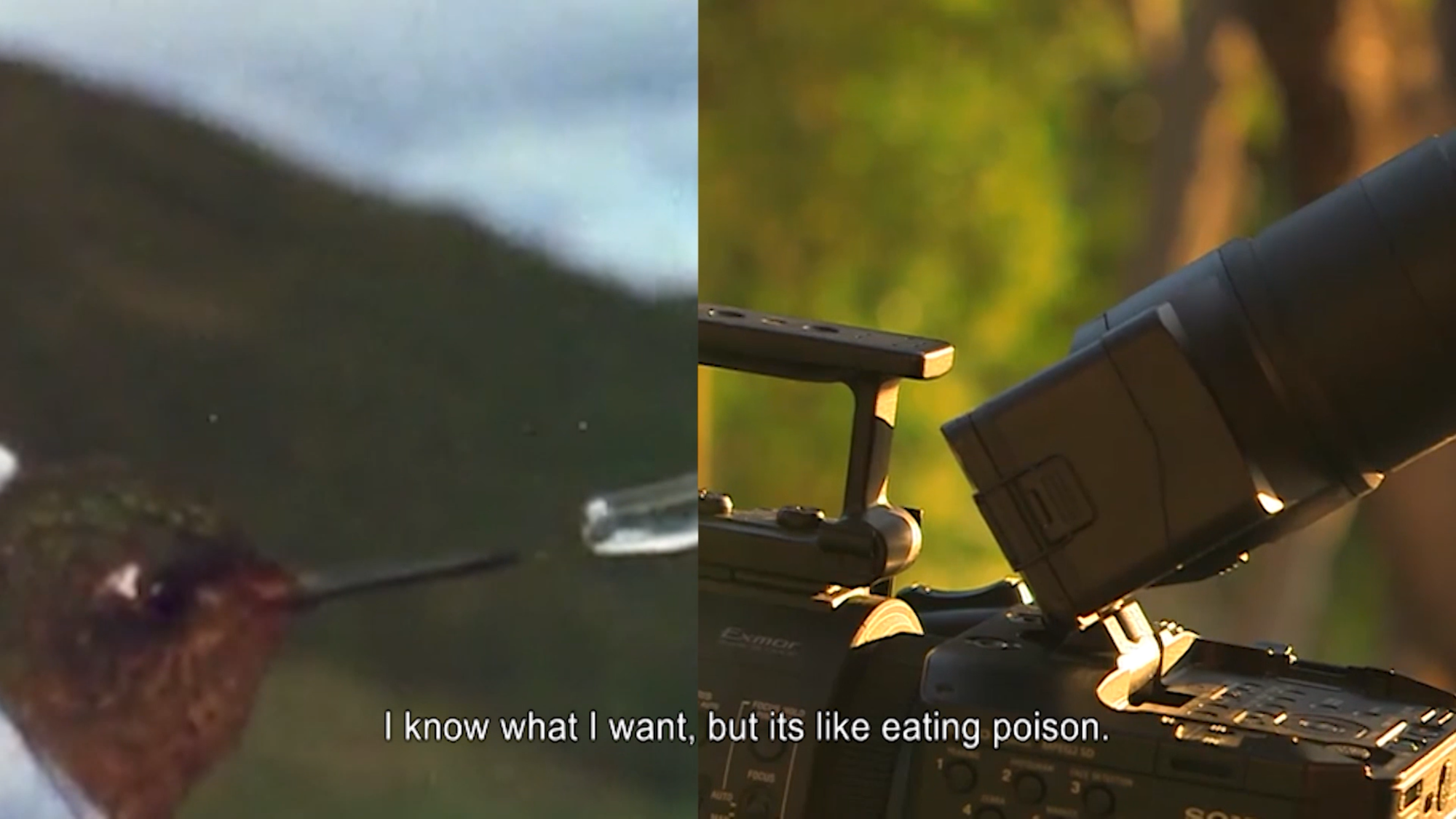Digital America interviewed Margaret Noble in April 2023 about her piece, Elsewhere (2022).
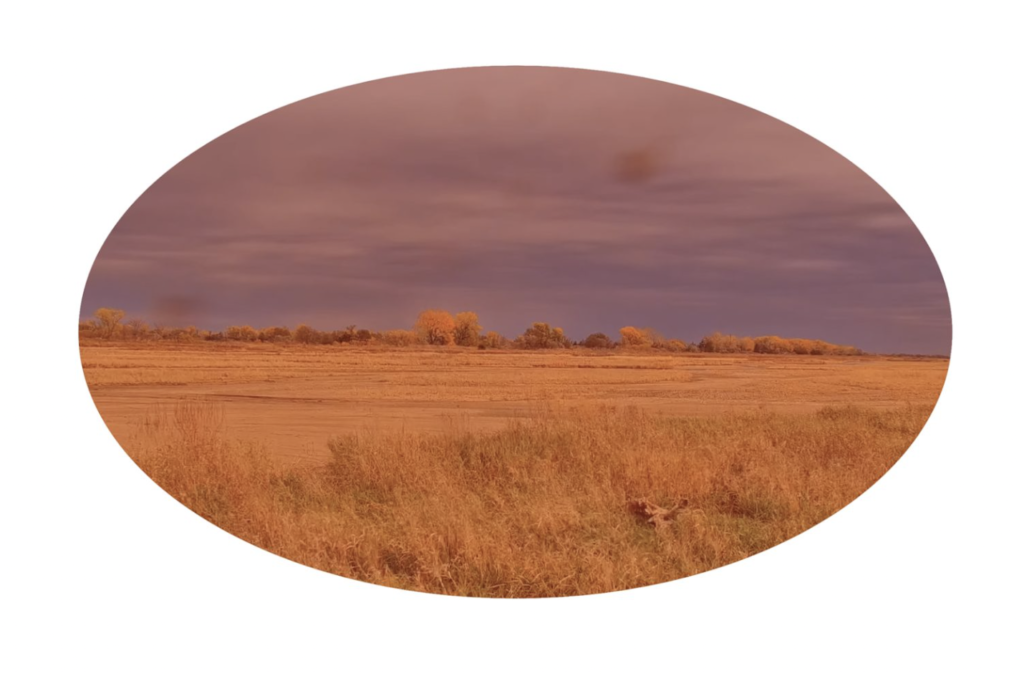
Digital America: In issue 21, we published your piece Elsewhere. What inspired you to choose live streaming of the natural world as an artistic representation? Can you talk a bit about authenticity and the nature of real-time experiences in this piece and your work?
Margaret Noble: Elsewhere was initially a response to a conflict I was dealing with during a recent public art project at an outdoor park. Some of the members of the local community related to my temporary interventions (a chalk mural) in a very territorial fashion. These experiences got me thinking about who owns nature and who has access to nature. I created Elsewhere as a highly accessible and free artwork to offer diverse viewings of the natural world in real-time. I also found it important to blur the lines of land territories by randomizing the loading of each scene without providing context as to the location. So far, I have been able to present live feeds from North and South America, Europe, South Pacific Islands, Australia, and Africa. Some cameras are maintained by independent enthusiasts while others are by nature conservation organizations. Now that the project has lived for a few months I have learned that viewers have a deep desire to see animals on screen. I have also discovered that part of the thrill of Elsewhere is knowing that the feeds are live in real time. There has also been some discussion around the shame of enjoying a natural experience mediated by a digital screen.
DigA: Elsewhere 2022 features a circular lens and rose-tinted filter, which enhances the observational experience. What inspired you to choose this lens and filter? How do you see filters and lenses more broadly affecting our experiences of the natural world?
MN: I am personally surprised that most representations of the world are shown through rectangles and I see a type of mystery when shifting the shape of digital media through a circular lens. As for the rose-tinted filter, I was thinking of how to unify the many diverse locations through a small art direction of color as is often done with cinematic films. I think these two subtle moves combine to create the illusion of looking through a telescope. I see lenses as viewfinders and I think nature photographers do us a great service by showing us the natural world beyond our backyards and zoos. My 81-year-old mother is delighted to watch nature through Elsewhere in the comfort of her living room.
DigA: In the description of Elsewhere 2022, you write how technological and environmental challenges impact the streaming of the views; thus, weekly updating is needed. How is the intentionality of the streaming change relevant to how you view the dynamic nature of environmental changes?
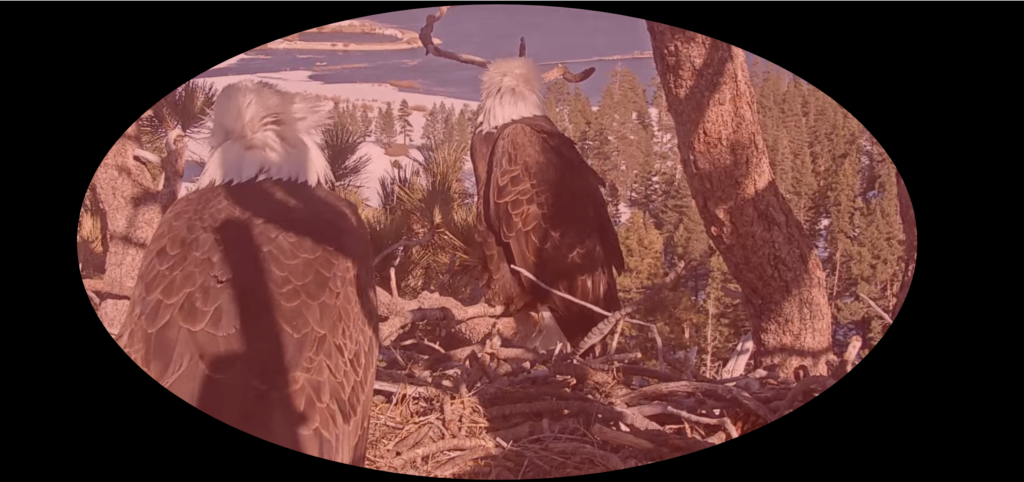
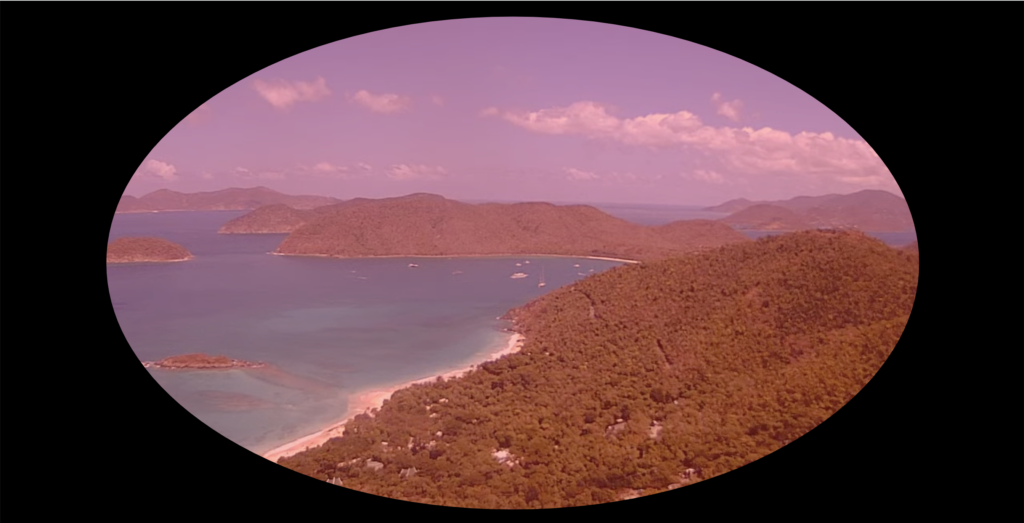
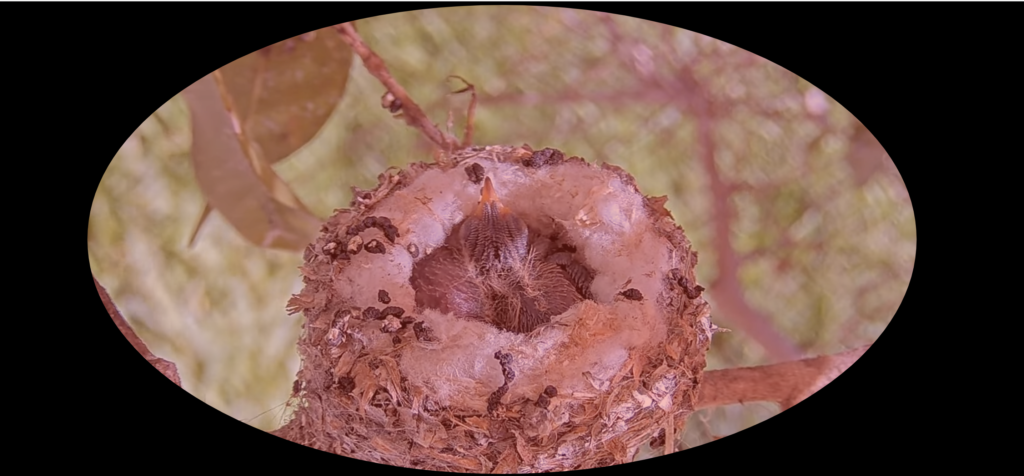
MN: The two challenges to consistent streaming for Elsewhere are technological and environmental. When the internet is down or a camera malfunctions the scenery can be slow to load or difficult to see. When animals migrate or the weather dramatically changes cameras are often moved or shut down until the next season. The rhythms of nature are predictable and the failures of technology are infuriating. I am still wrapping my head around this dichotomy.
DigA: You explain in your statement how you approach your work through an experimental lens, interacting between materials, ideas, and spectators of your work. How do you critique or shed light on tech, the perceptual experience, legacy, and/or time through this project?
MN: I think that Elsewhere’s modulation of nature through technology reveals our society’s hunger for seeing the natural world while provoking questions about what it means to digitally surveil wildlife. Furthermore, the preference for these digital experiences to be in real-time rather than presented as recorded events begs the question, what does it matter? The events on the screen would look exactly the same in both recorded and live surveillance form and yet there is a truth, thrill, or type of escape offered by the knowledge that this digital experience is live.
DigA: When refreshing the streaming feed in this project, one can find live streams to be still with the landscape, with little movement, to the camera shifting along with the wildlife. If you could explain to the audience how you watch and engage with your project, what would you say? How would you encourage the audience to sit with the mundane world?
MN: I invite audiences to use Elsewhere as an escape from fast-paced editing, hyper colors, and massively constructed media. I would invite audiences to find a way to be still and observant with the seemingly slow landscapes as subtle shifts of light can be alarmingly beautiful and sometimes the most magnificent creatures show up.
DigA: What is your personal relationship with the physical and environmental spaces which humans do not inhabit? What is your intention behind the simplicity of our natural world, and how is this related to the title of this project, Elsewhere, 2022?
MN: When I was younger, I thought my only path to freedom and excitement was through urban and technological environments and experiences. However, as I mature and examine my priorities (especially after living through the quarantined times of Covid), I find that my interests have been dramatically redirected toward my relationship with and responsibilities to the natural world. Elsewhere is a living artwork that requires time and energy every week to keep it alive and fresh. I feel that this free experience has much to offer viewers and thinkers. It is my intention to keep it alive as long as I can and get it out to as many people as possible.
DigA: In your bio, you explain how you originally explored experimental sound art through electronic sound scenes as you worked as a DJ in southern California. What influenced or inspired you to shift your work from sound and performance into sculpture and installation? How do you see these two interdisciplinary art modes connecting or diverging when exploring different human experiences?
MN: For me, all of these mediums are grounded in experiential design and a conversation with audiences. At first, my interests were aligned with my love of dance and creating audio combinations that got people to physically move their bodies. These experiences were designed for particular types of venues but as my sound work began to connect more and more with visual media I found that I wanted to set up my own sets and physical experiences in quieter and more controlled spaces. Now, I invite audiences to participate in much more intimate and solitary ways with my work.
DigA: What kinds of project[s] are you currently working on? What new elements are you exploring, or perhaps what elements are you returning to, to dissect deeper?
MN: The experience of making and maintaining Elsewhere has inspired me to turn a corner towards more environmental questions in my practice as well as non-traditional venues. I am seeking to represent more nature in the urban environment through street art and developing a new body of technological and sculptural work for indoor spaces that explores the difficulties, desires, and paradoxes of navigating an environmentally responsible life.
:::
Check out Elsewhere by Margaret Noble.
:::
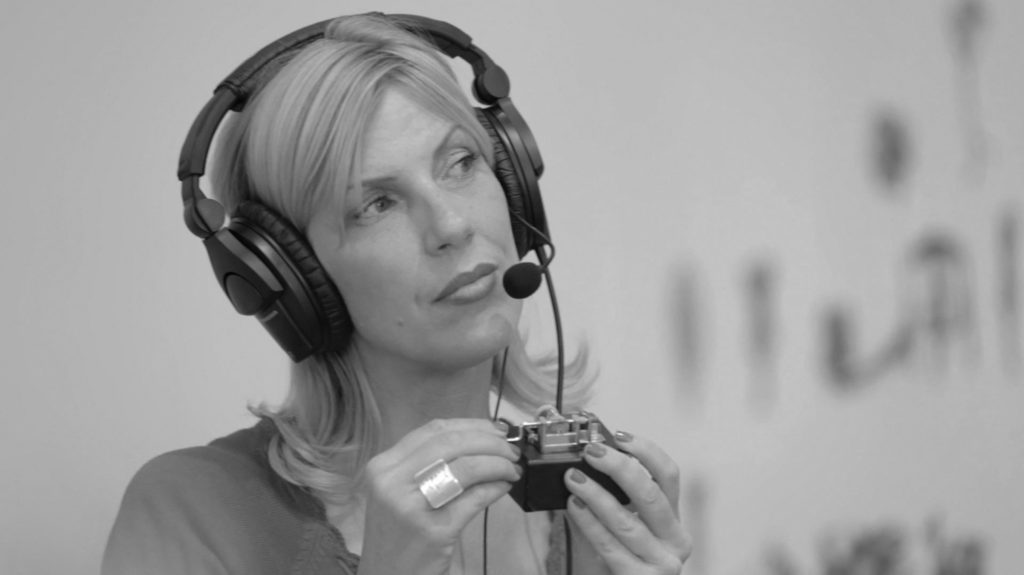
Margaret Noble’s experimental artwork takes from sound, sculpture, and performance traditions. She holds a BA in Philosophy and an MFA in Sound Art. Noble’s work is influenced by the dance music cultures of 80s southern California and her own experience as a DJ, and her artistic development from sound into multimedia art.

